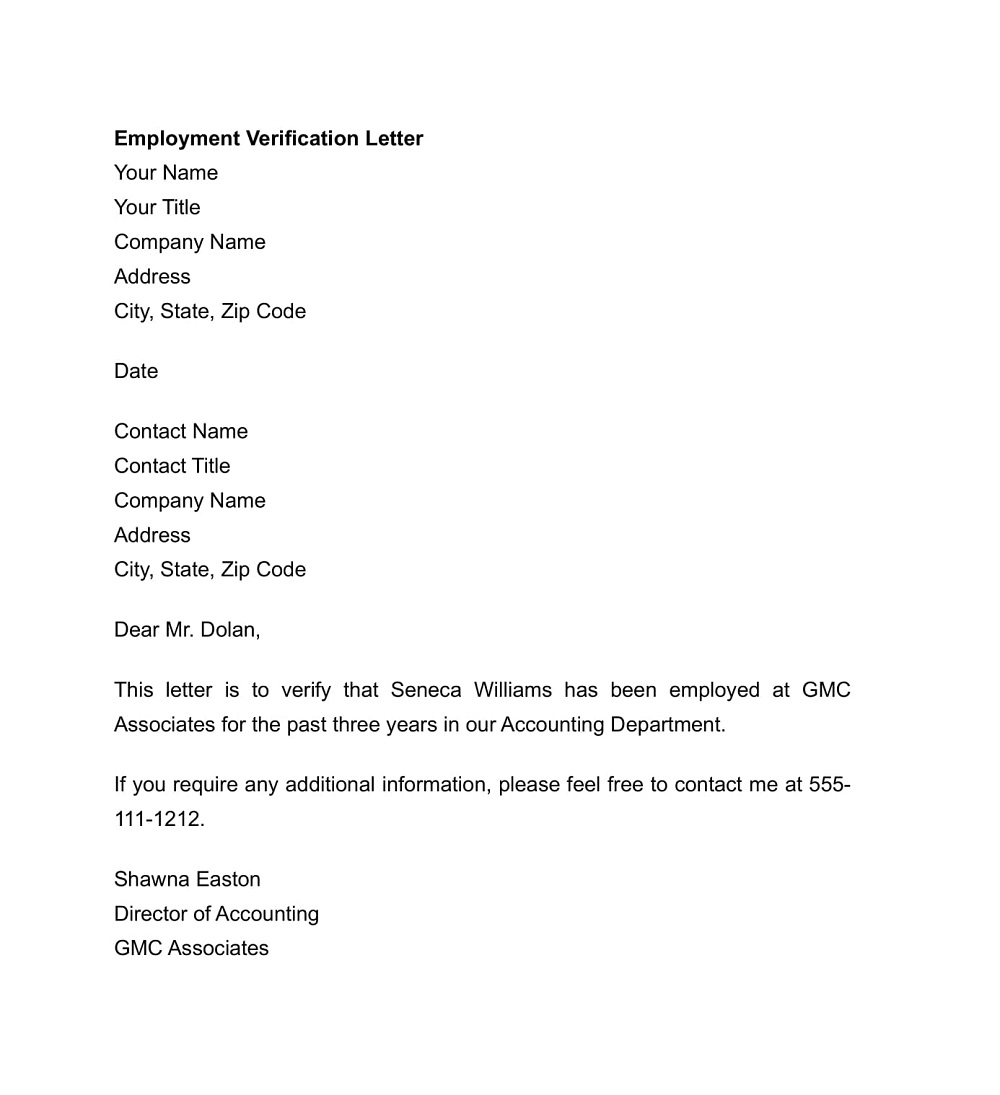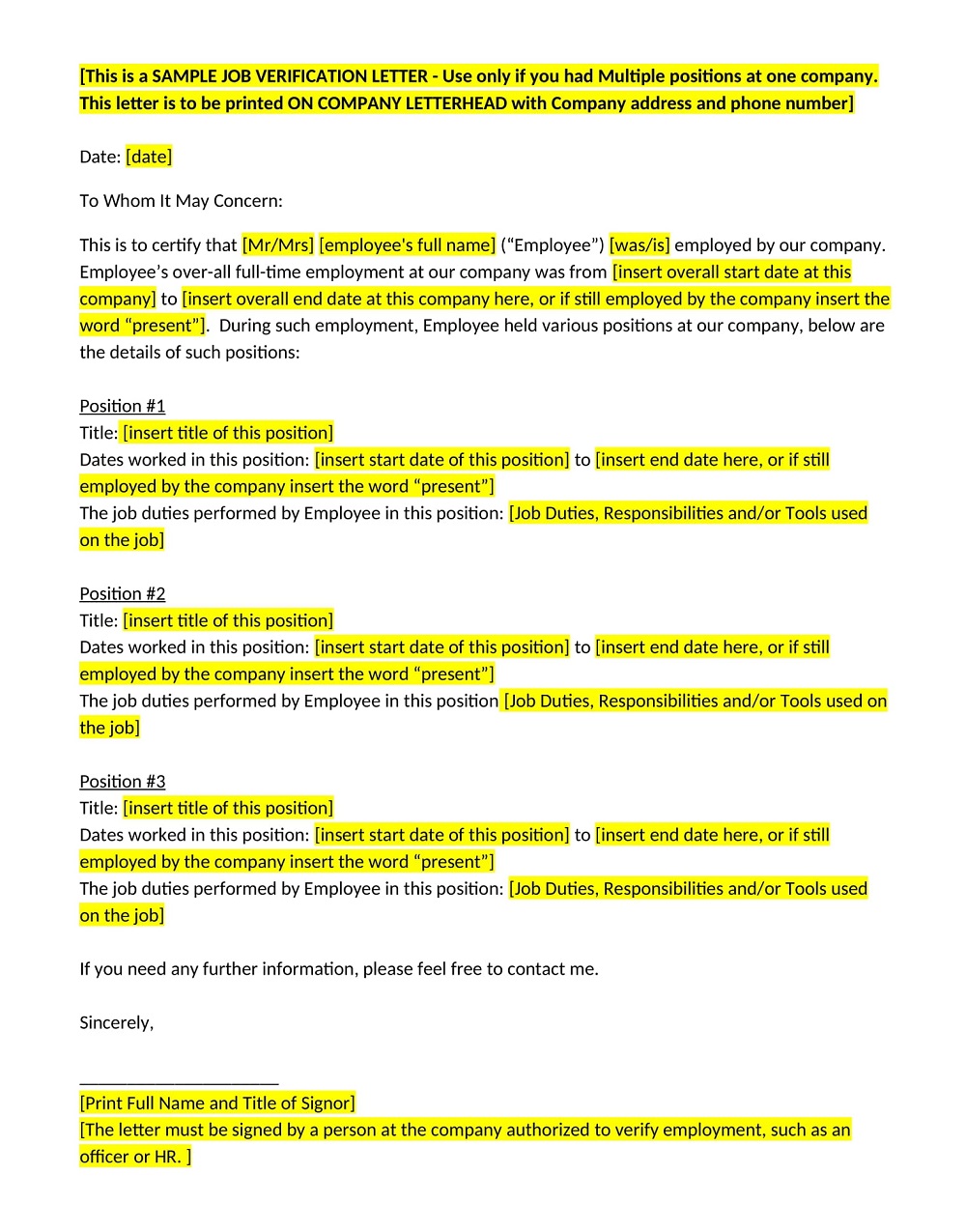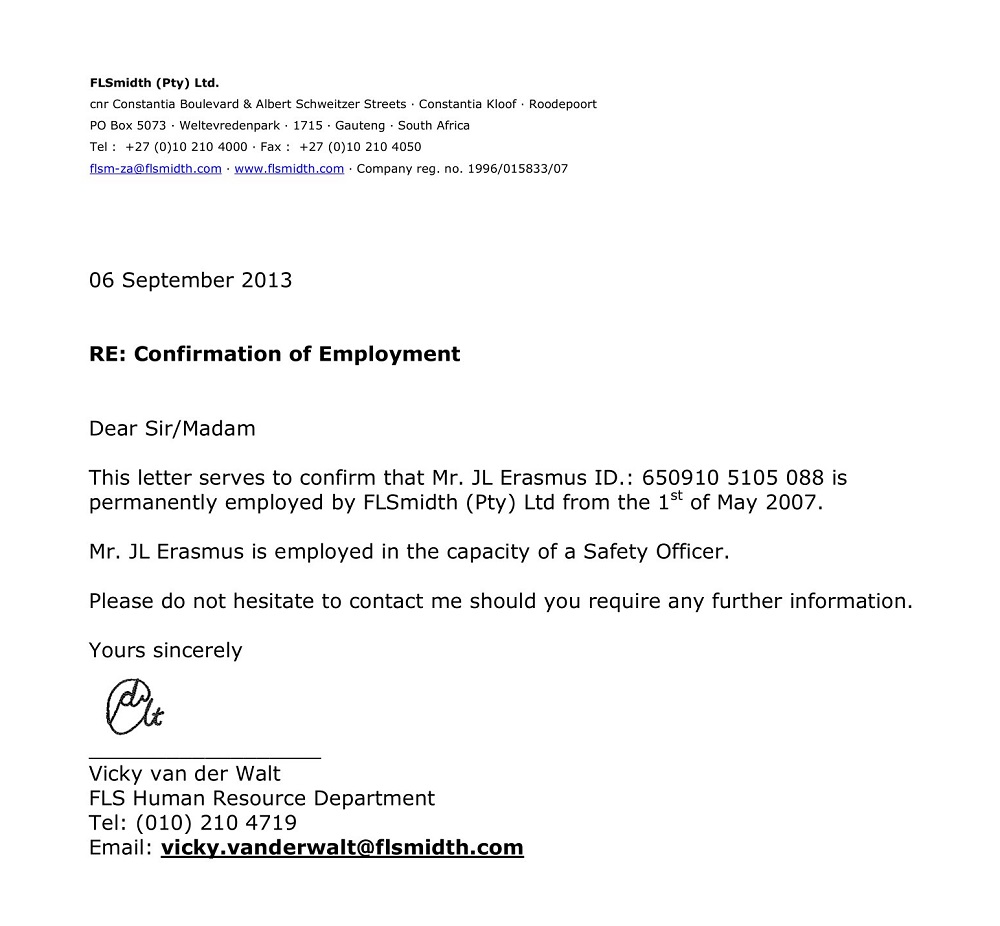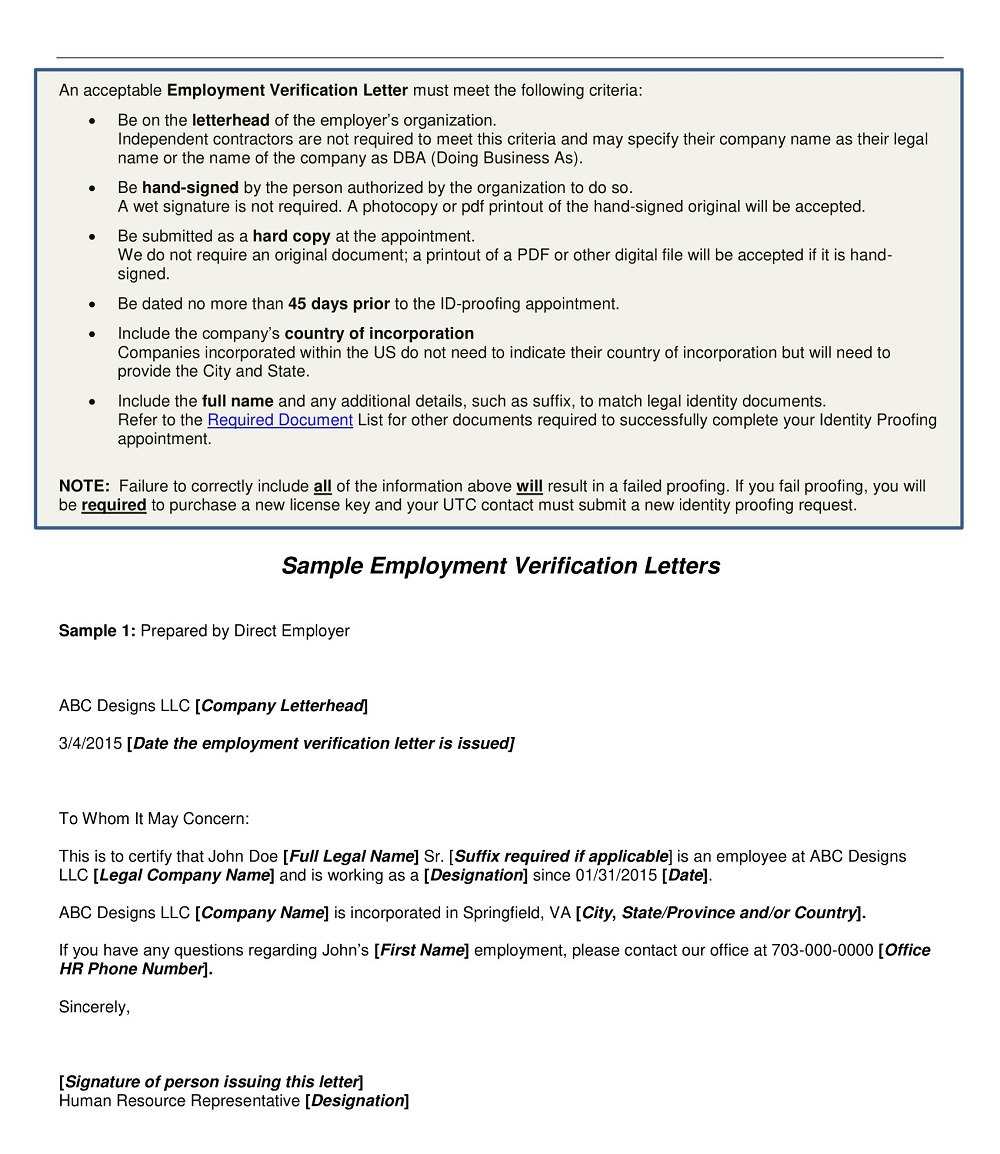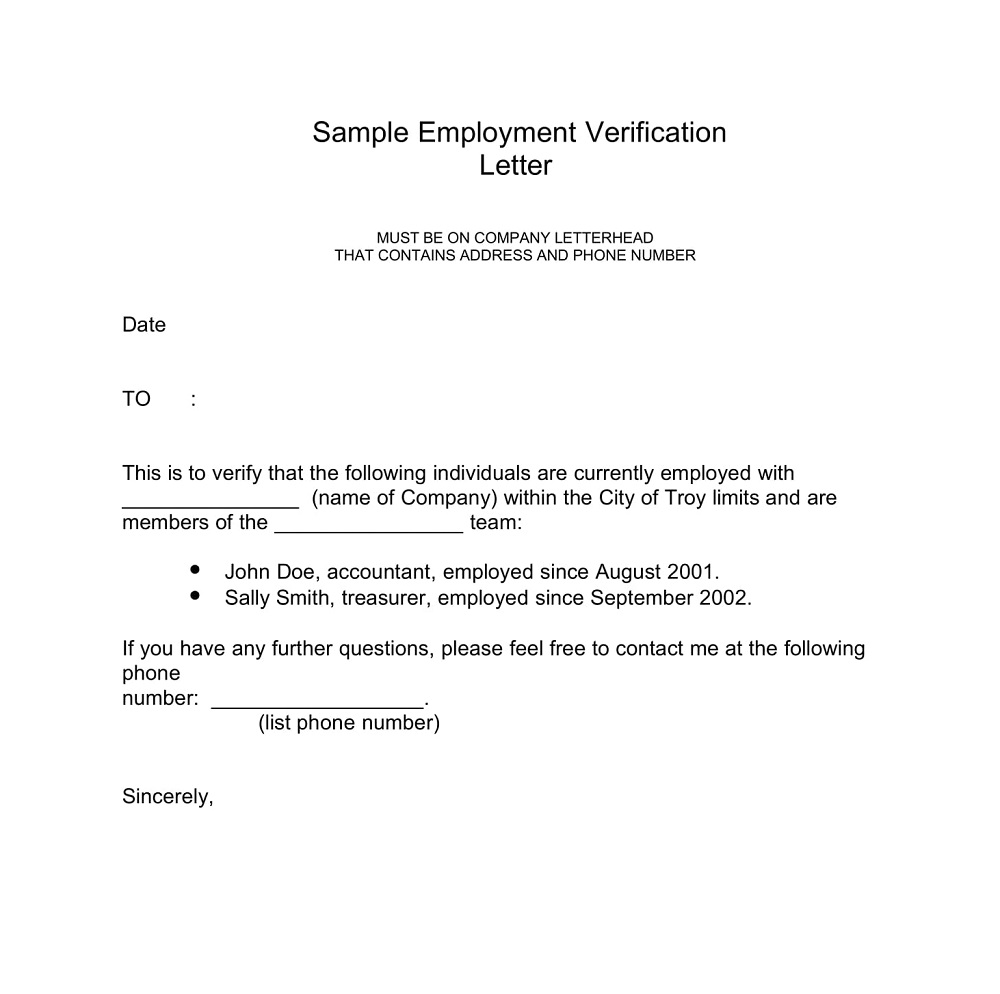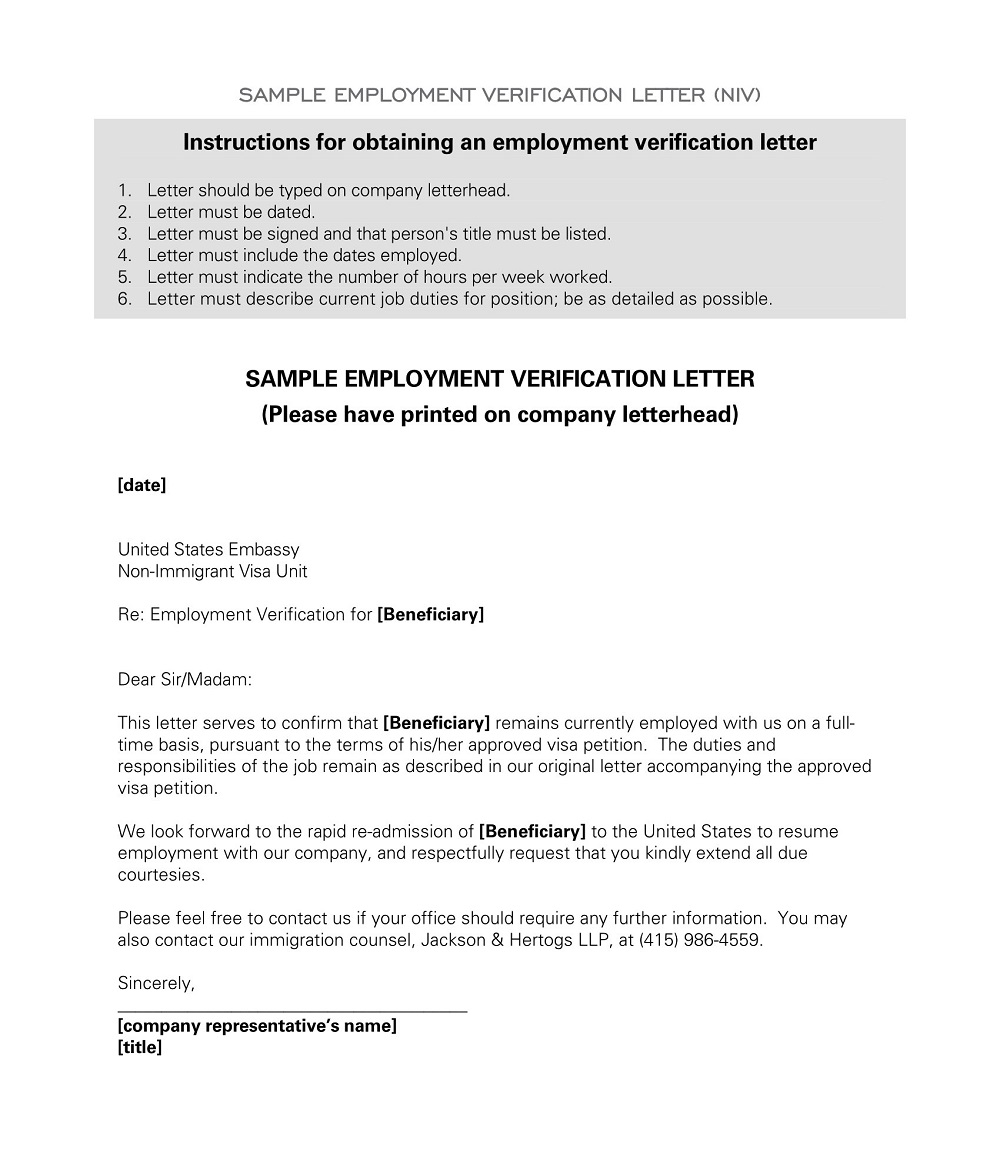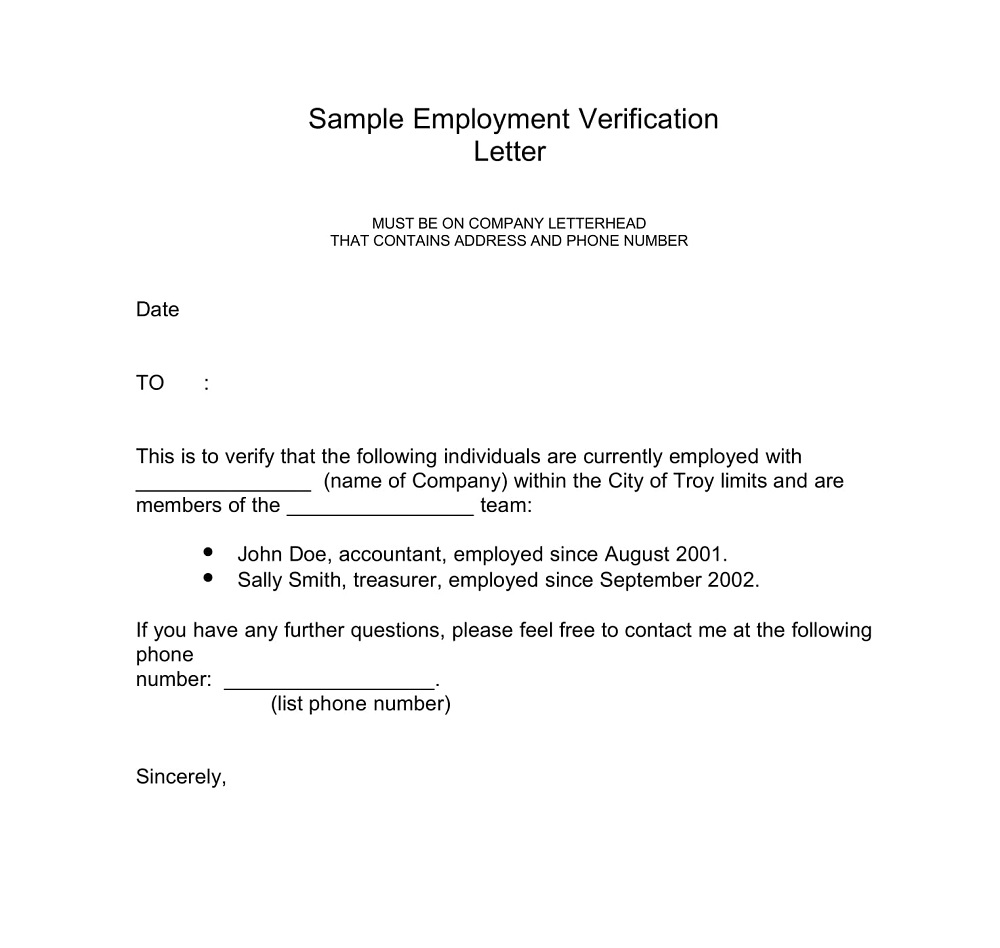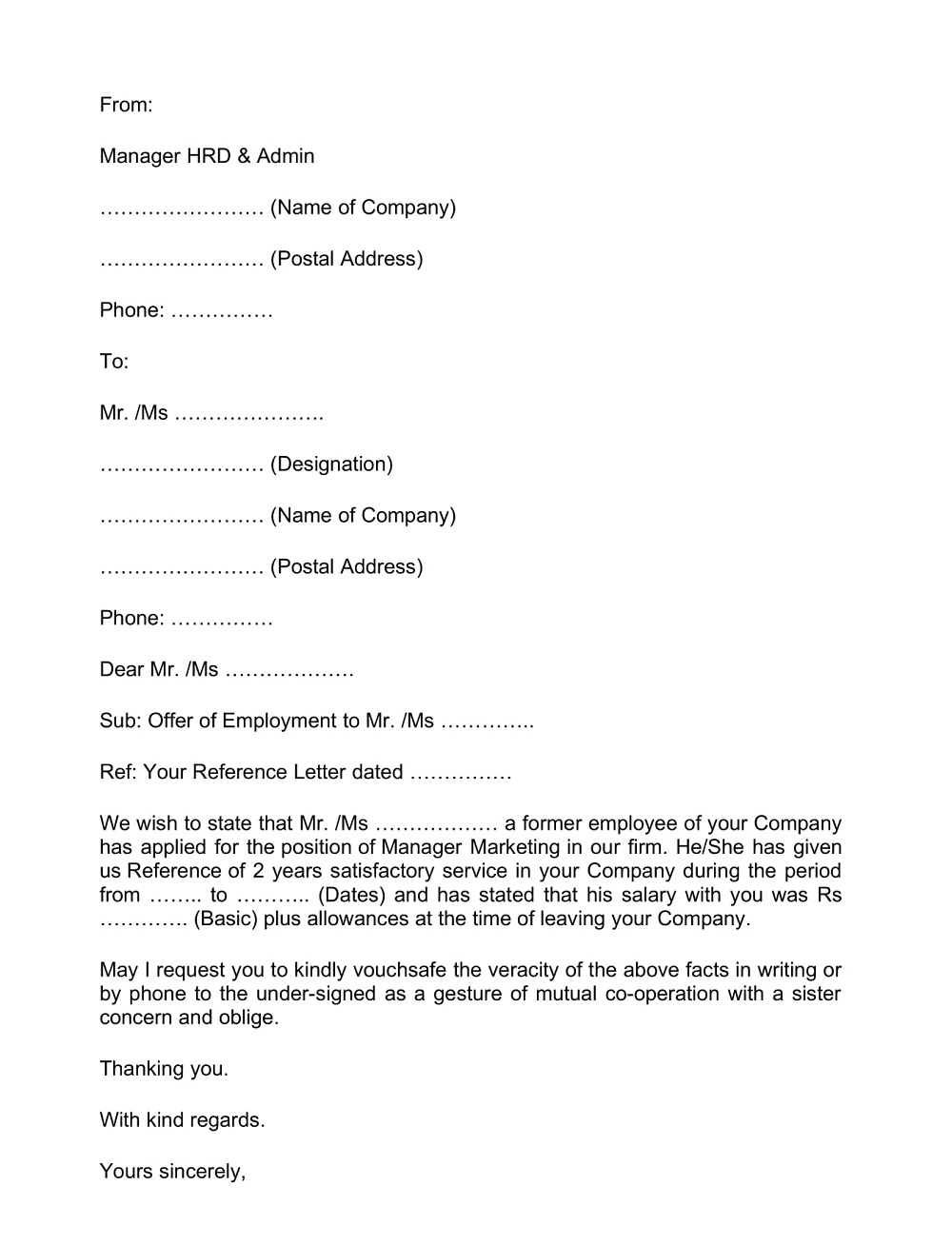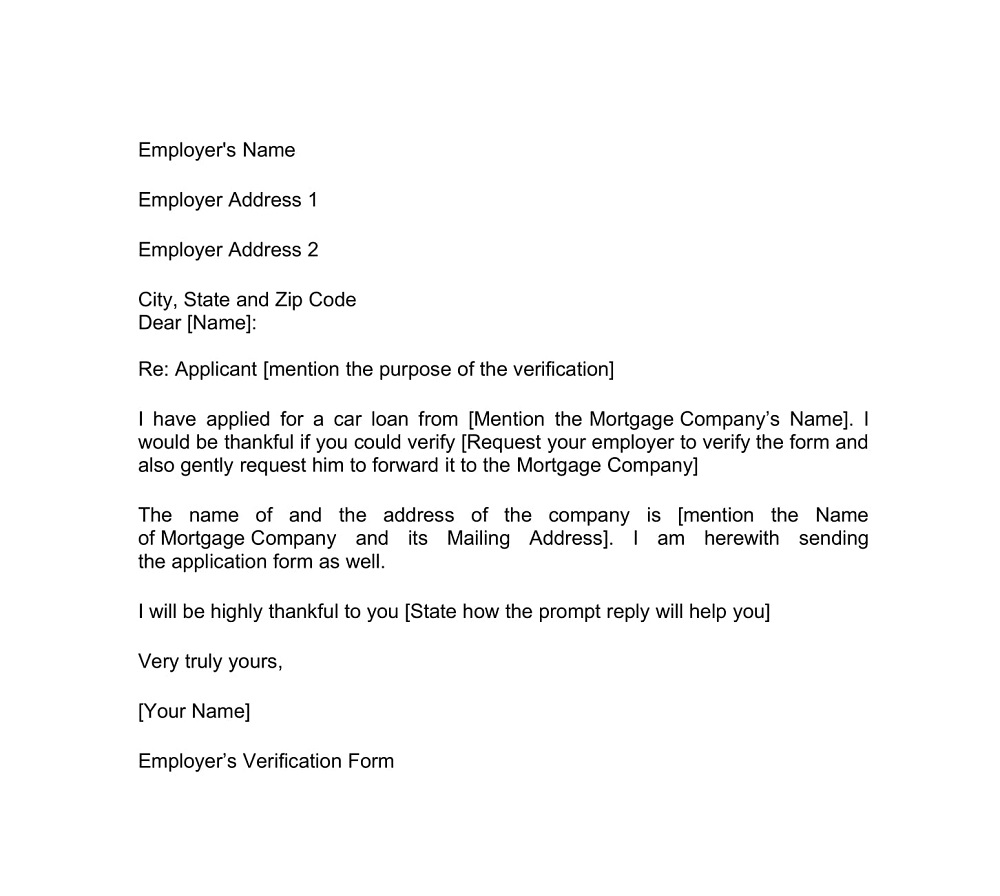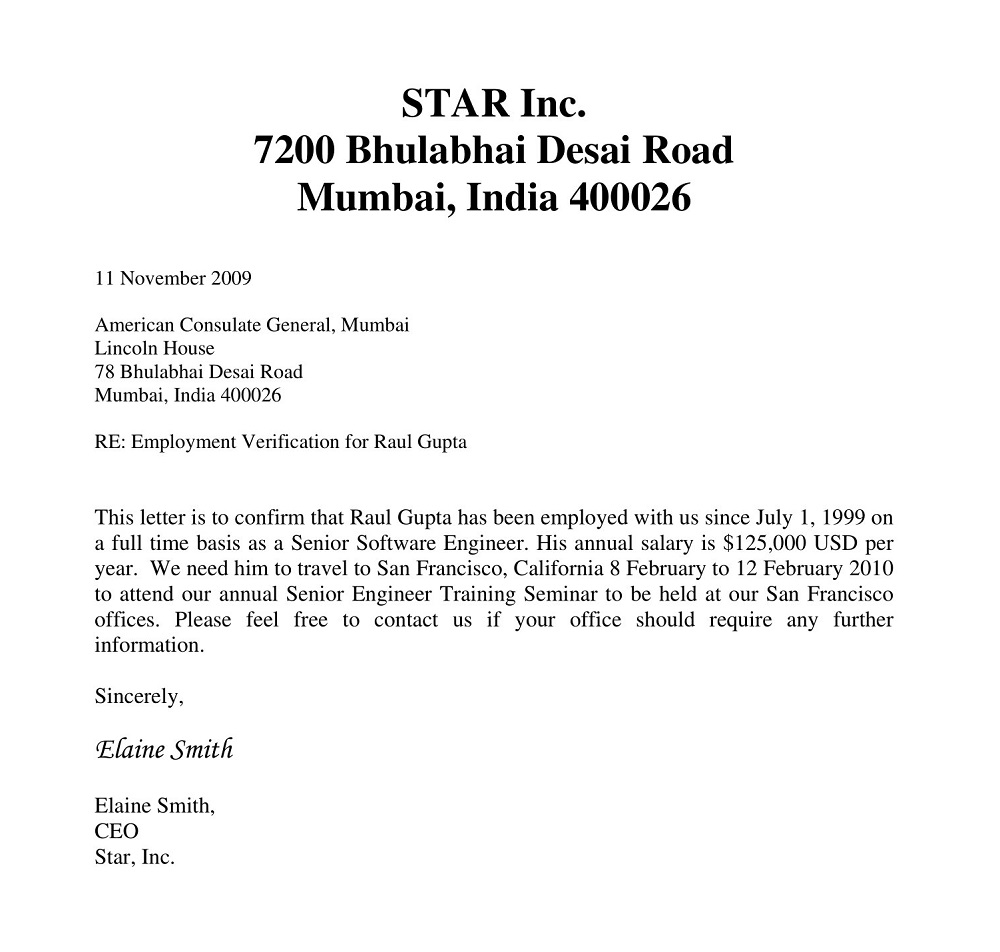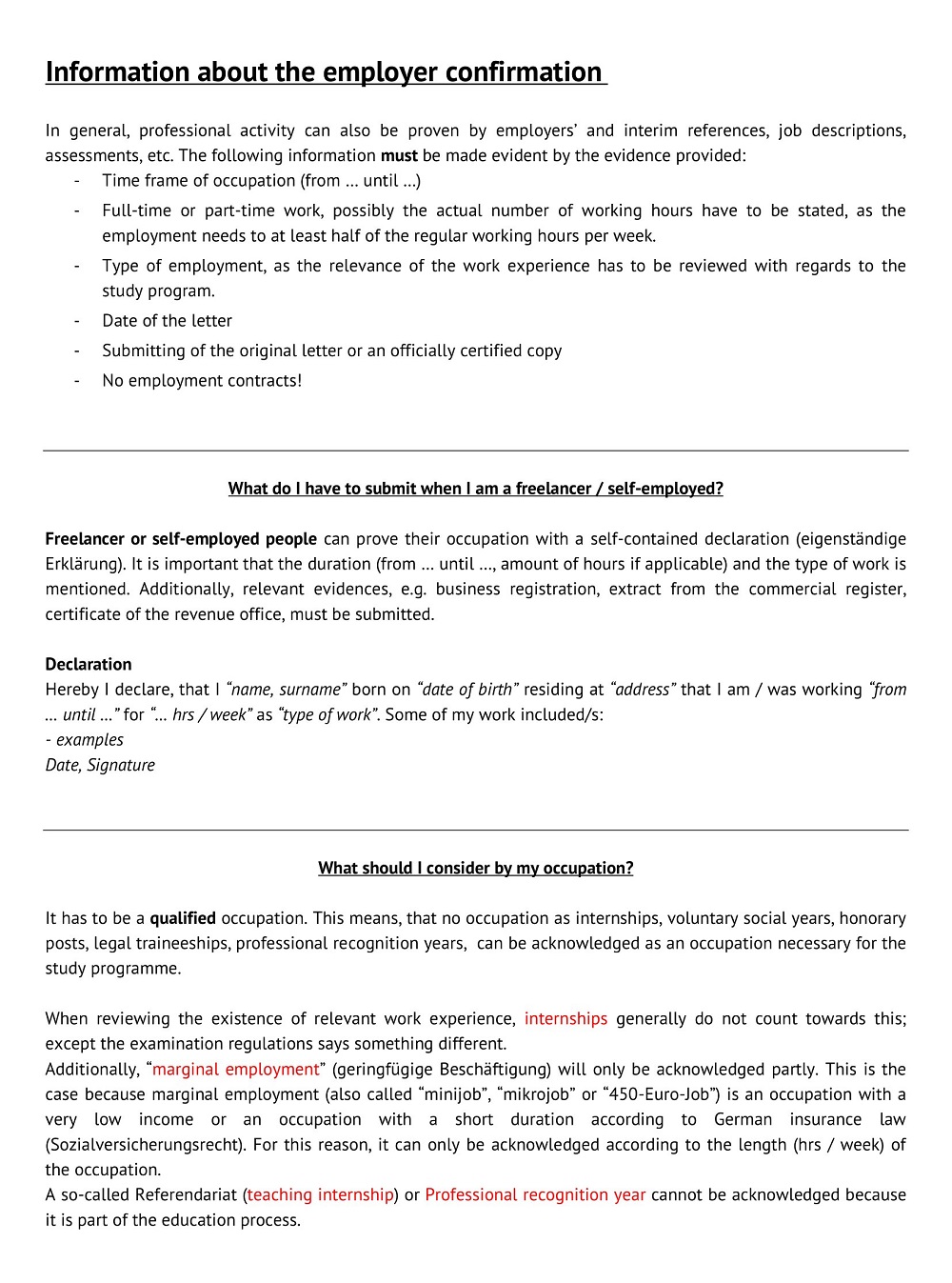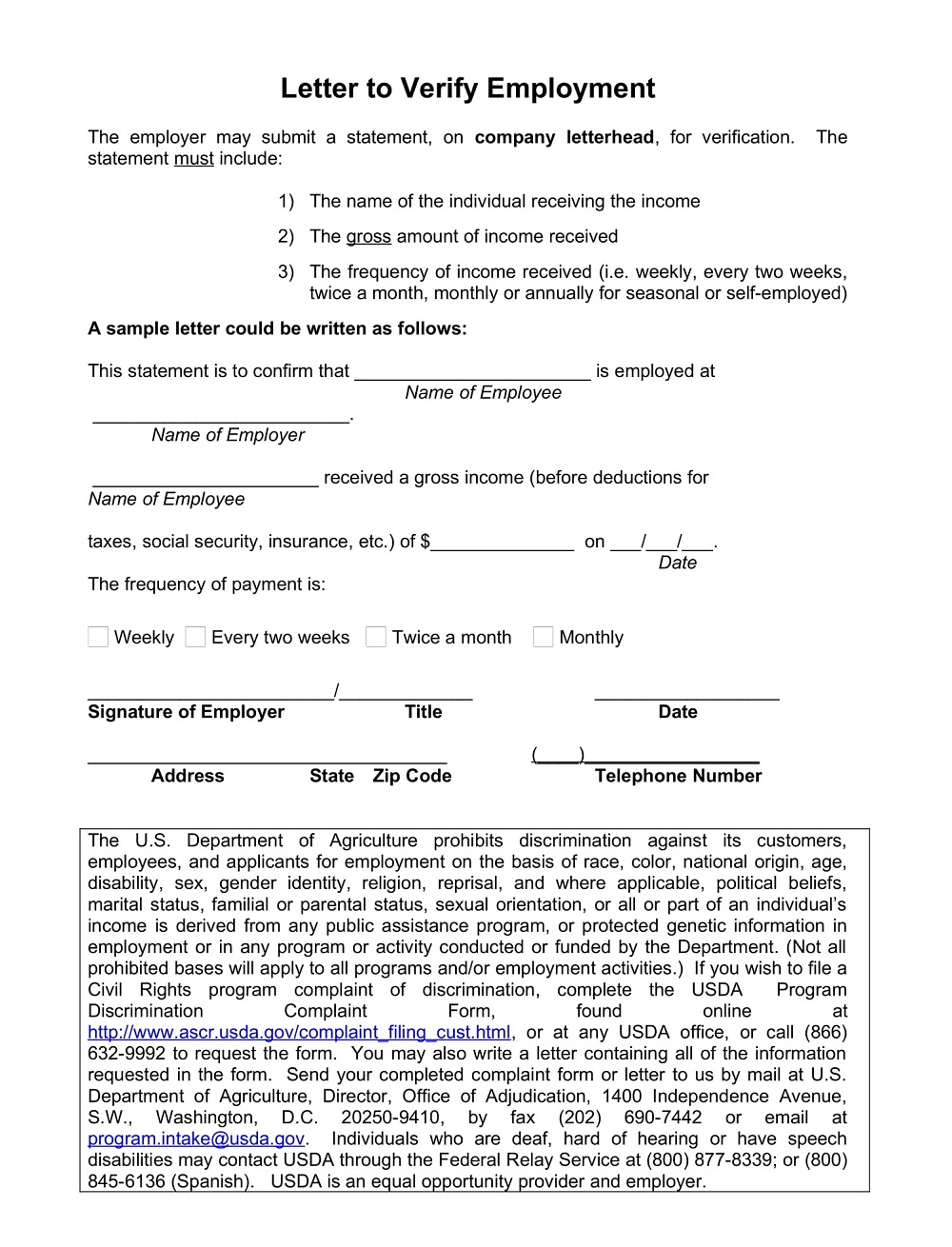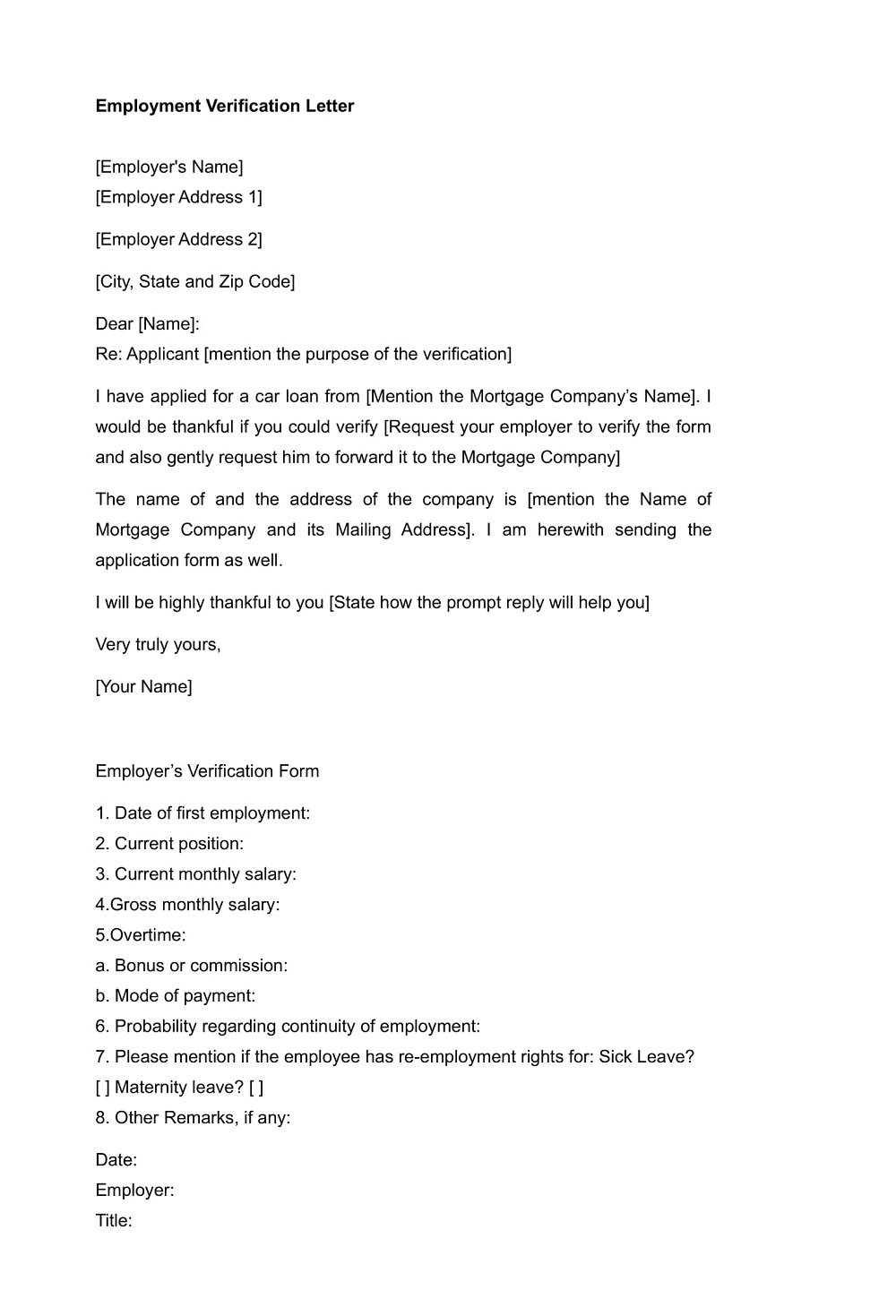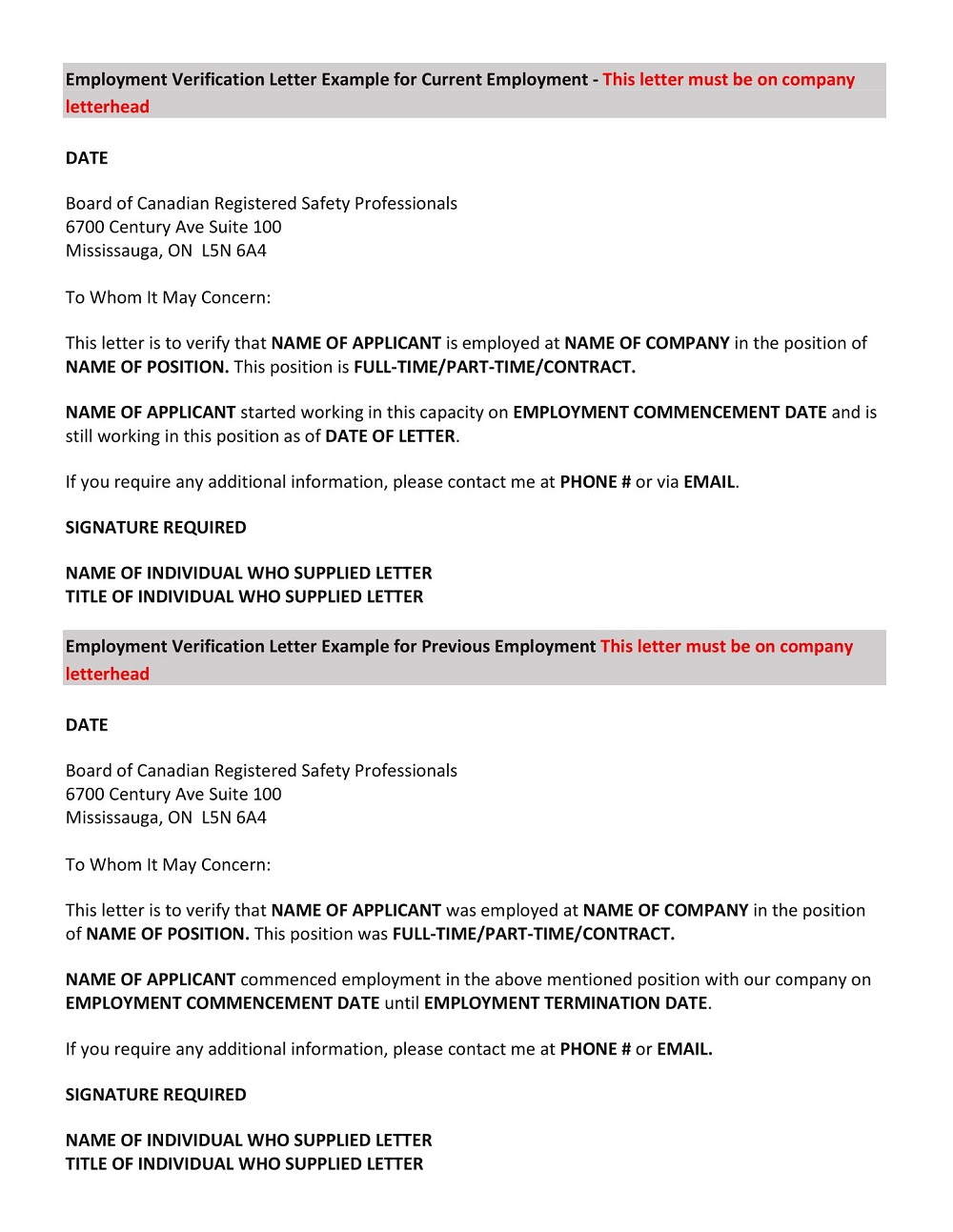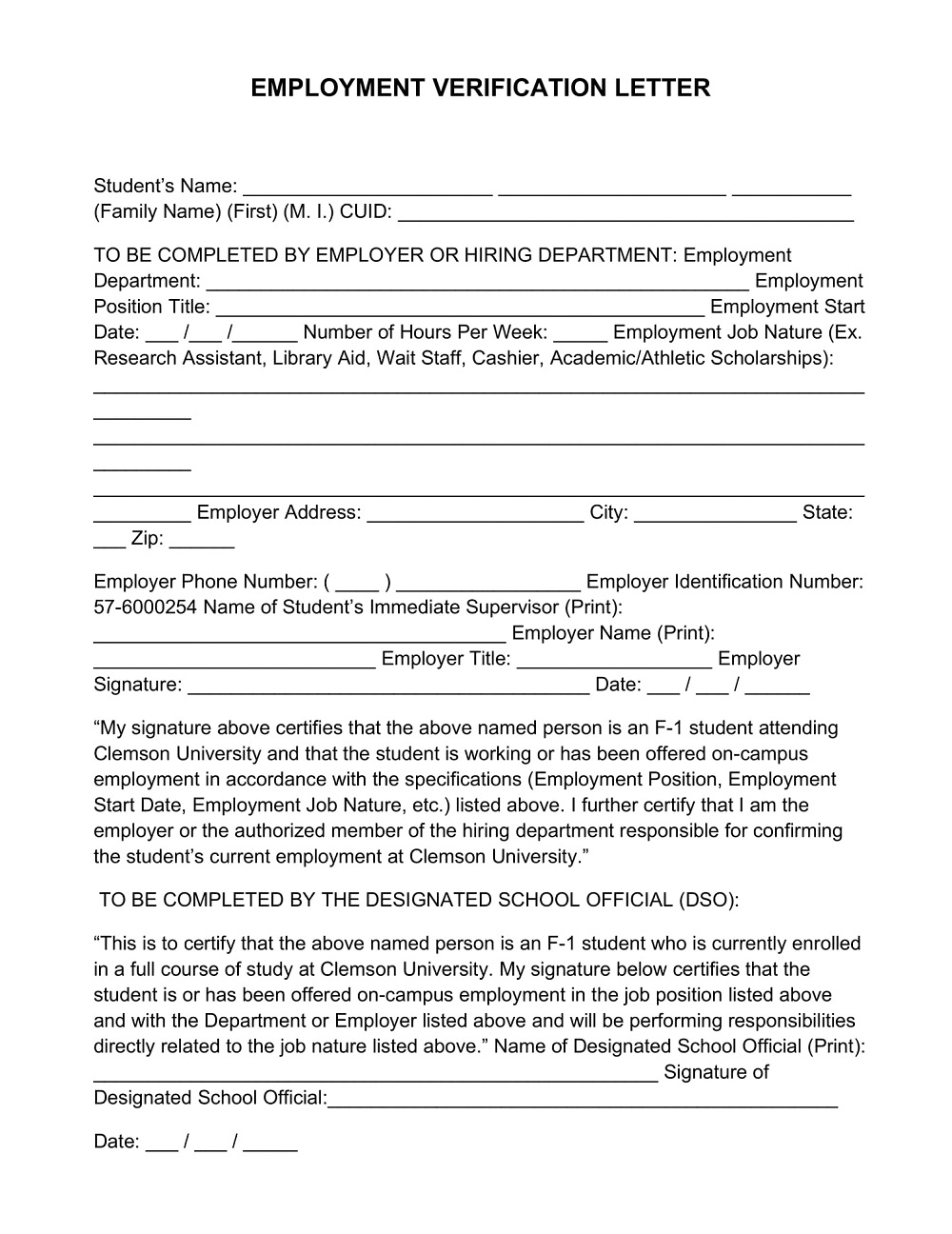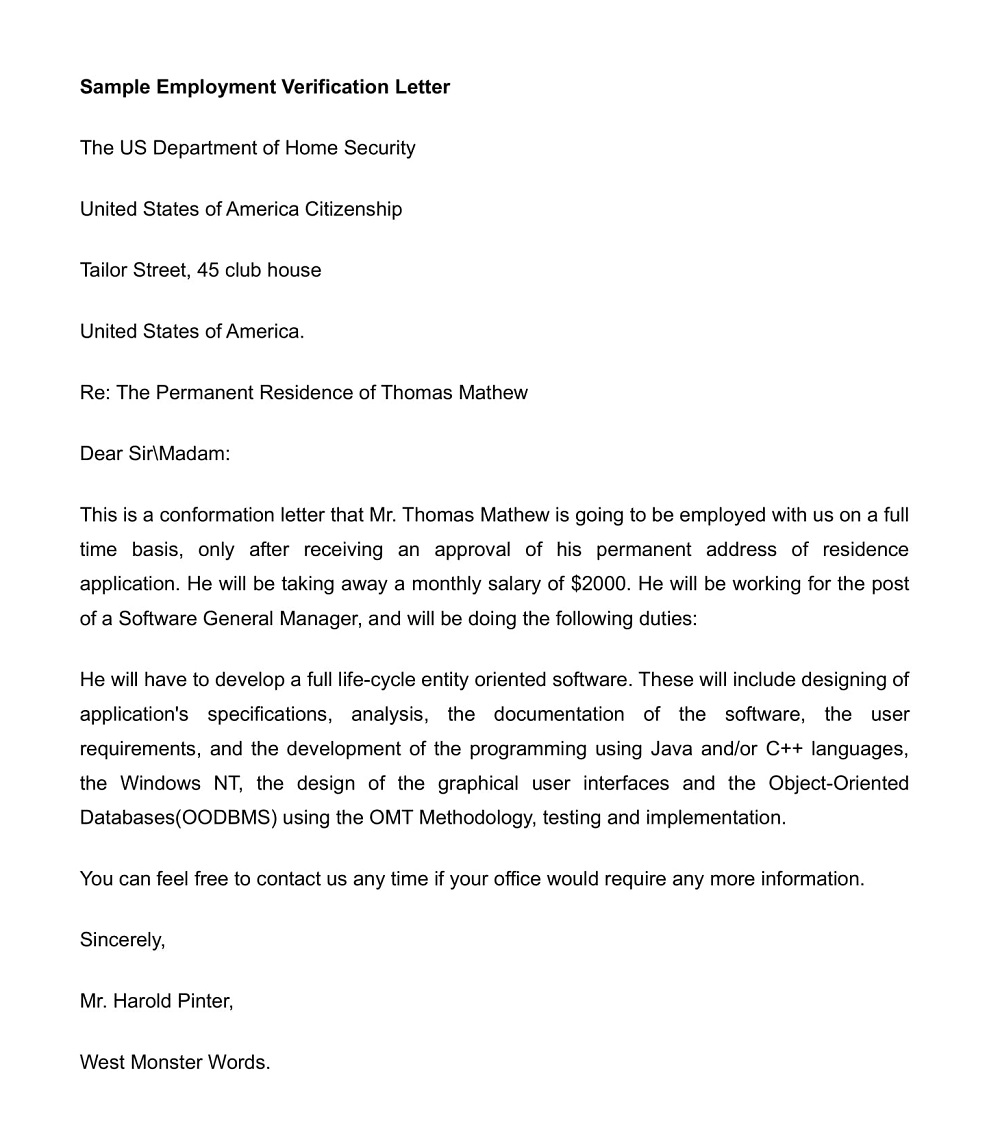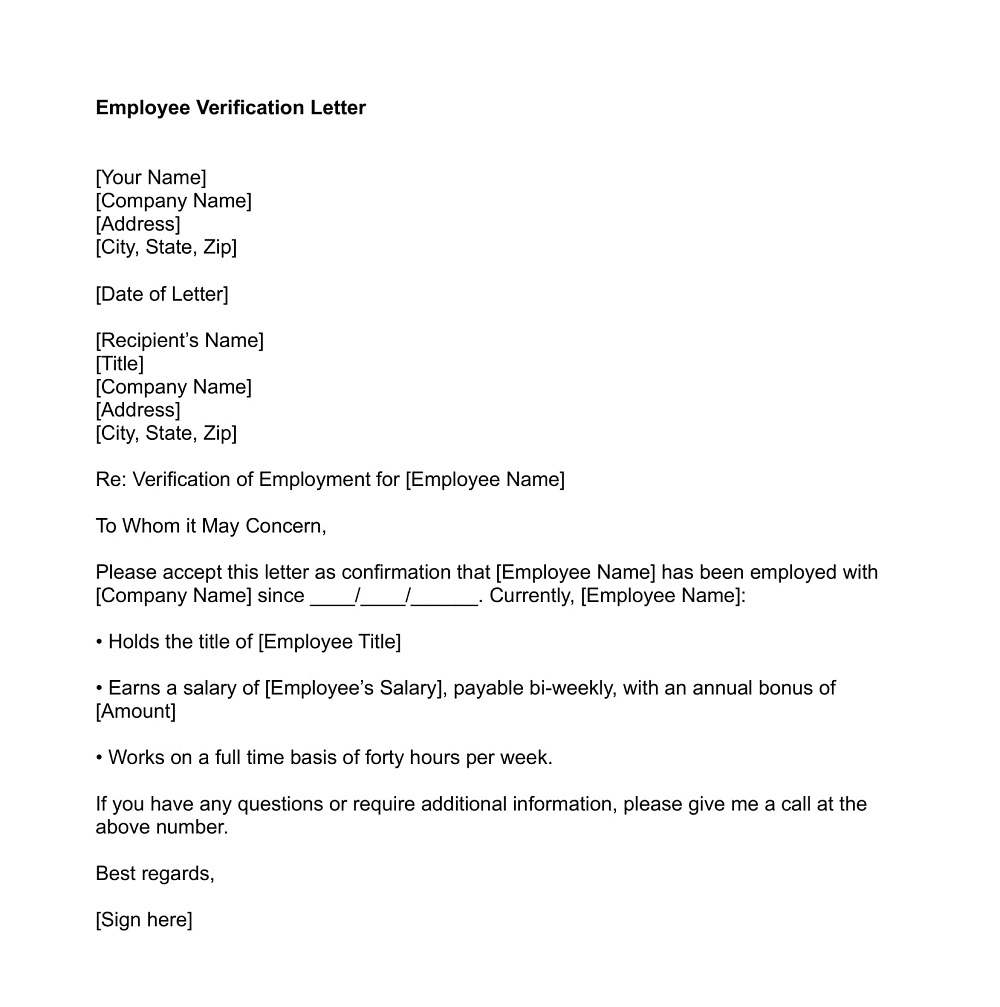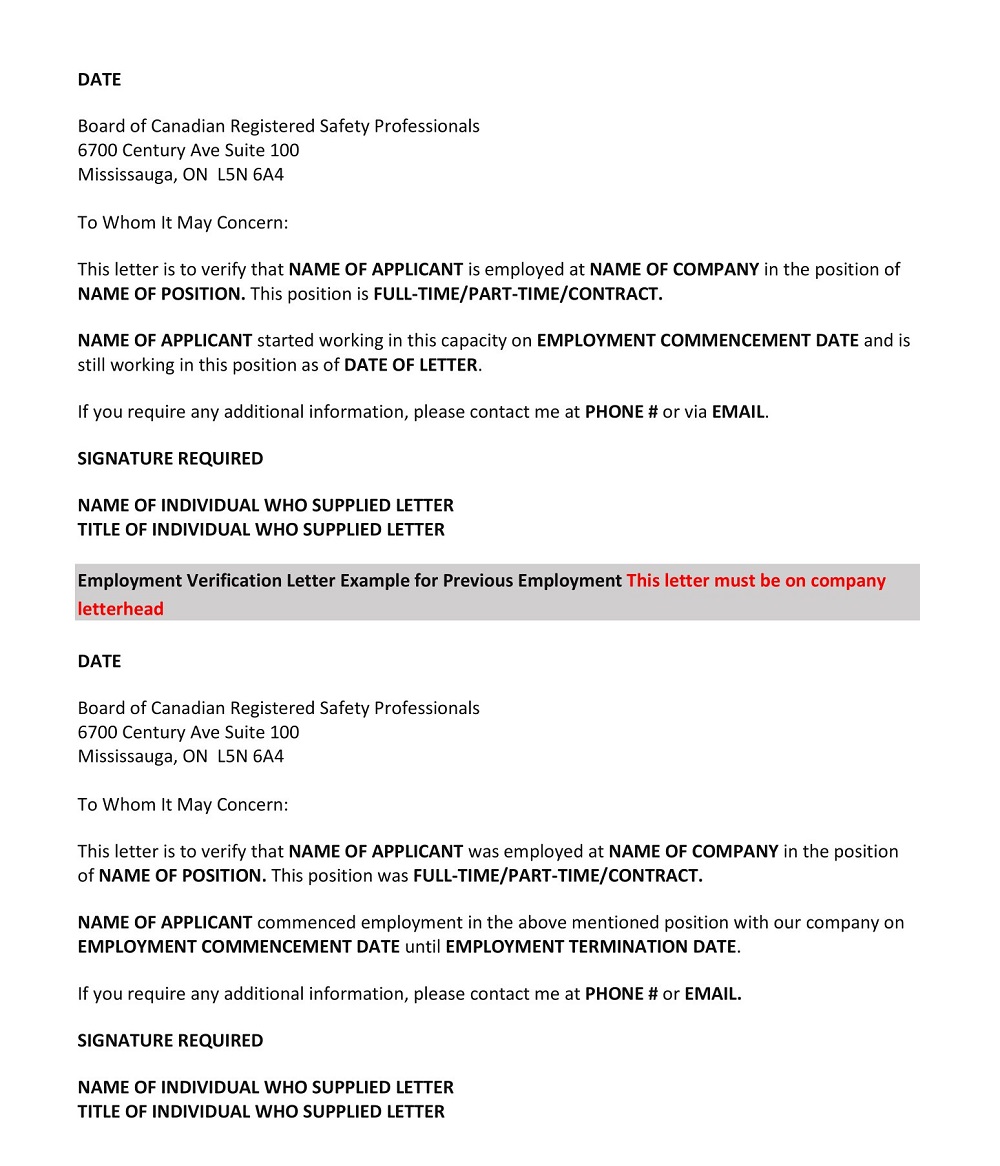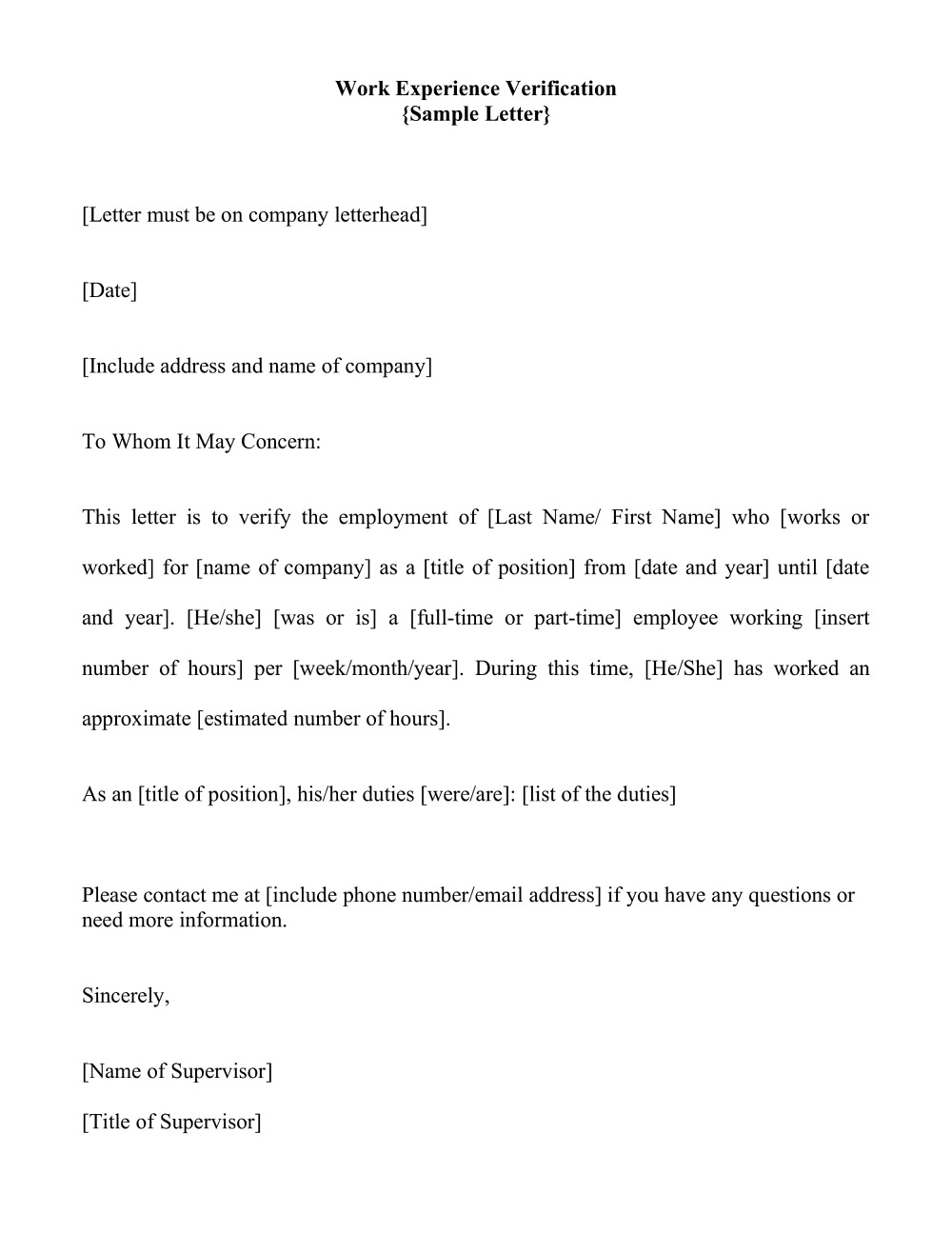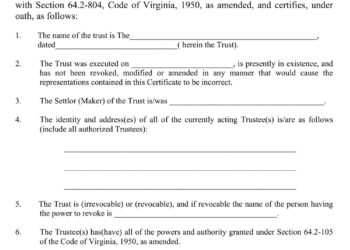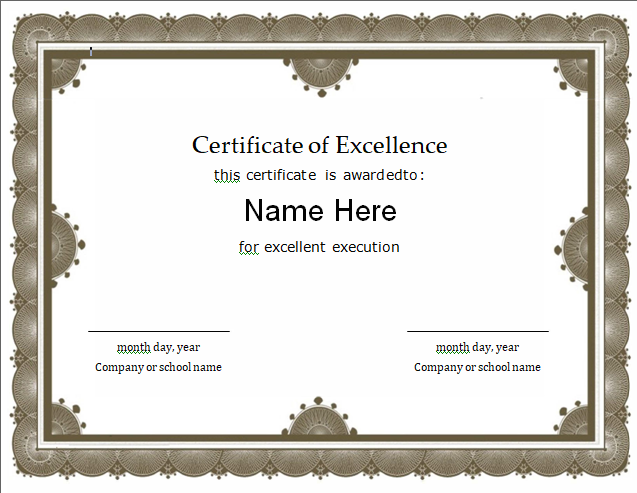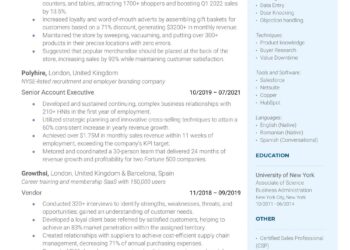An employment certificate is a document provided by an employer that confirms an employee’s current or past employment status. It is often required by banks, landlords, or other organizations as proof of income or employment history. Below is an employment verification letter template that you can use as a starting point. Be sure to customize it to meet your specific needs and company policies. In this article, you’ll find a collection of free Simple Employment Verification Letter Templates and samples in PDF, Word, and Excel format to help you make your job effective.
Download Free Employment Verification Letter Samples & Templates
Basic Employment Verification Letter Template
|
Company Job Verification Letter Example
|
Confirmation of Employment Letter Example
|
Detailed Employment Verification Letter Template
|
Employment Verification Form Template
|
Employment Verification Letter Example
|
Employment Verification Letter for immigration Template
|
Employment Verification Letter for Visa
|
Employment Verification Letter Form Template
|
Employment Verification Letter Format
|
Employment Verification Letter Template PDF
|
Engineer Verification Letter Template
|
Formal Employment Verification Letter Template
|
Letter of Employer Confirmation Template
|
Letter to Verify Employment Template
|
Letter Verifying Employment Template
|
Printable Employment Verification Letter Template
|
Sample Current Employment Verification Letter Template
|
Sample Employment Verification Letter Example
|
Sample Employment Verification Letter Template
|
Simple Employment Verification Letter Template
|
Standard Employment Verification Letter Template
|
Verification Letter for Current Employment
|
Work Experience Verification Letter Template
|
What is an Employment Verification Letter?
An employment verification letter is a formal document issued by an employer to confirm an individual’s current or past employment status. This letter is often requested by various entities, such as banks, landlords, government agencies, or other employers, as part of a background check or verification process. The letter confirms whether the individual is currently employed by the company or, in the case of a previous employee, the dates of their employment. Employment verification letters are important for a variety of purposes, including applying for loans, renting an apartment, immigration processes, and other situations where employment history and An individual’s income must be confirmed. These letters are usually written on company letterhead and signed by an authorized representative of the company.
What is the work of an Employment Verification Letter?
Employment Verification Letter, often called Employment Verification Form or Employment Employment Letter, is a document that serves to confirm the status and details of a person’s current or previous employment. Employers usually give these letters to their employees, or former employees, when they need to prove their employment for various purposes. The letter can be used for many reasons, including:
- Loan Applications: Lenders may request a Letter of Employment Verification to assess a borrower’s ability to repay a loan. The letter verifies the borrower’s current employment, income, and job stability.
- Rental Applications: Landlords often require proof of employment to ensure that tenants can pay their rent. The letter verifies the tenant’s employment status and income.
- Immigration and Visa Applications: Individuals applying for visas, work permits, or green cards in foreign countries may be required to provide an Employment Verification Letter to demonstrate their employment history and job stability.
- Government Benefits: Some government agencies may request this letter to determine eligibility for certain benefits or assistance programs.
- Background Checks: Potential employers or agencies that conduct background checks may request an Employment Verification Letter to confirm the applicant’s work history and the accuracy of information provided on a job application.
Importance of Employment Verification Letter Templates
Job verification letter templates are important for many reasons, both for employers and employees. It provides a standardized and efficient way to communicate important information about an individual’s employment status, which can be useful in a variety of situations. Employment verification letters are often required when individuals apply for loans or credit cards. Lenders must confirm the applicant’s income and employment history to check their creditworthiness. Makes it easy for employers to provide this information accurately and consistently.
Landlords may request employment verification letters from prospective tenants to ensure they have a stable source of income to pay the rent. It helps streamline this process and provides a clear format for the required information. Individuals applying for visas or immigration status may be required to provide proof of employment in their home country. Employment verification letters can serve as important documentation, and templates ensure that the necessary details are included.
Job seekers may be asked to submit an employment verification letter from their previous employer as part of their application for a new job. It helps employers draft these letters quickly and accurately. Some government agencies may require employment verification letters to determine eligibility for benefits such as unemployment insurance or social assistance. This simplifies the process for both applicants and employers.
Employees can use employment verification letters to confirm their current or past salaries when negotiating job offers or discussing salary changes. It ensures that this information is presented in a consistent format. Employment verification letters can also serve as professional references when individuals are changing jobs or seeking career opportunities. A well-designed template can help employers provide positive and concise references for their former employees.
In legal matters, such as divorce proceedings or child custody disputes, employment verification letters can be used to establish financial stability and support claims. Some industries and regulatory bodies require employers to maintain employment verification records for audit and compliance purposes. It helps ensure records are complete and consistent. Templates save time for both employers and employees. Instead of drafting a new letter from scratch each time, they can simply fill in the relevant details in the template, making the process more efficient.
How to use Employment Verification Letter Templates
Using the employment verification letter template is a straightforward process. These templates can be very useful if you need to provide proof of your employment status to a potential landlord, lender, or other organization. Here’s how to use the employment verification letter template:
- Once you have found a suitable template, download it or open it in the appropriate software (for example, Microsoft Word, or Google Docs) that you are comfortable using.
- The template should contain placeholders for various details. Replace these placeholders with your specific information. Such as your name and contact information, your job title or position, the Start date of your employment, and Your current employment status.
- Review the language in the template and make any necessary changes to ensure it accurately represents your employment situation. You can add specific details requested by the requesting party.
- Proofread the entire letter carefully to check for any mistakes, misspellings, or inconsistencies. Make sure the information provided is accurate.
- Save the completed letter with a descriptive filename for quick reference.
- Depending on the requirements of the requesting party, you may need to print the letter on company letterhead and provide a physical copy. Alternatively, you can always send the letter as a PDF attachment via email.
Types of Standard Employment Verification Letter
This is a basic template that includes the employee’s name, job title, dates of employment, and salary. It usually states that the individual works/is employed by the company and provides contact information for further verification.
- Salary Verification Letter: This type of letter is used mainly to confirm the employee’s salary or income. It includes the employee’s name, and current or previous salary, and may mention any additional compensation such as bonuses or commissions.
- Mortgage or Loan Verification Letter: Lenders often require employment verification letters when an individual applies for a mortgage or loan. These letters usually include information about the employee’s job stability and income to assess their ability to repay the loan.
- Rental or Lease Verification Letter: Landlords may request an employment verification letter from prospective tenants to confirm their income and employment status. This type of letter helps landlords evaluate the tenant’s ability to pay rent.
- Employment Verification for Visa or Immigration: Immigration authorities may request an employment verification letter as part of the visa application process. This letter usually includes details about the employee’s job, income, and the purpose of continuing the job.
- Proof of Self-Employment Letter: Self-employed individuals may be required to provide a letter confirming their self-employment status. This letter usually includes details about the nature of the business, income, and other relevant information.
- Employee Promotion Confirmation Letter: When an employee is promoted within a company, an employment verification letter may be required to confirm the change in job title, responsibilities, and salary.
- Employment Verification for Government Agencies: Government agencies may request specific employment verification letters for various purposes, such as applying for social services or unemployment benefits.
- Verification of leave of absence: In cases where an employee is on leave, a letter may be required to confirm the leave status and expected return date.
How to download the free Employment Verification Letter Template as a PDF
In Microsoft Word, click “File” and then “Save As” Select PDF format from the drop-down menu when saving. In Google Docs, click “File,” then “Download,” and select “PDF Document”. Give your PDF file a clear and professional name, such as “Your Name_Sales_Associate_Resume pdf”. Your resume will be saved in PDF format on your computer. You can upload them to job application websites or attach them to emails when applying for jobs. It’s important to personalize your resume to reflect your unique skills and experience. Tailor your resume for each job application to make it more effective.
How to download the free Employment Verification Letter Template as a Word File
Look for the “Download” or “Download in Word” button or link. Click on it to start the download and Save the File. Once the template is downloaded, save it to a location on your computer where you can easily access it. Open Microsoft Word on your computer. Then, navigate to the location where you saved the downloaded template and open it. Customize the template with your own information, such as your name, contact details, skills, and education. After customizing the template to your liking, save it with a unique name so you can easily identify it later.
Conclusion
In conclusion, job verification letter templates are important tools for both employers and employees. These templates streamline the process of verifying employment history and details, making it easier for individuals to obtain new job opportunities and for companies to maintain accurate records. Employment verification letter templates should be used responsibly and accurately to ensure that the information provided is true and reliable.
Employers must be careful and diligent in creating and issuing these letters, as they play an important role in helping individuals access financial services, housing, and other opportunities. Overall, employment verification letter templates serve as practical and valuable resources for the modern workforce, facilitating transparency, trust, and compliance with legal and financial requirements. When used properly, these templates contribute to a more efficient and reliable job verification process for all parties involved.
Reference Link


